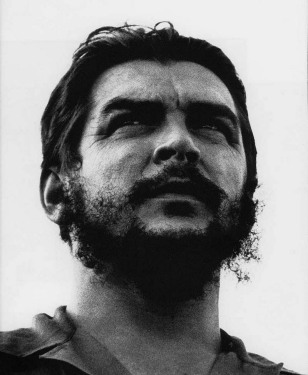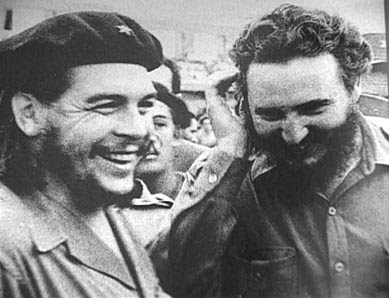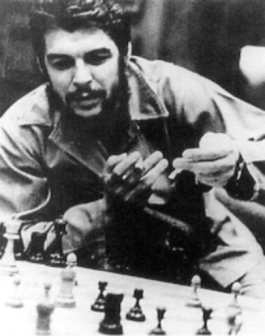Abstract
Ernesto Guevara, known to us as Che was the poster- boy of rebellion. He become a cultural symbol for people all over the world. Che is an icon for anyone who stands up against oppression of any form.



Ernesto Guevara, known to us as Che was the poster- boy of rebellion. He become a cultural symbol for people all over the world. Che is an icon for anyone who stands up against oppression of any form. By the time Ernesto Guevara, known to us as Che, was murdered in the jungles of Bolivia in October 1967, he was already a legend, not only in Latin America but also around the world.
Ernesto “Che” Guevara commonly known as El Che or simply Che, was an Argentine Marxist revolutionary, physician, author, intellectual, guerrilla leader, diplomatCuban Revolution, his stylized visage has become a ubiquitous countercultural symbol of rebellion and global insignia within popular culture and military theorist. A major figure of the Cuban Revolution, his stylized visage has become a ubiquitous countercultural symbol of rebellion and global insignia within popular culture.
Guevara became the cultural ideal for a generation enamored of style over substance, known as `Ché’ from a verbal mannerism distinctive of his native land. His contribution to military theory was the idea of a guerrilla `focus’ to create revolutionary conditions by attracting the disaffected and provoking repression.
Ernesto (Che) Guevara was born in Rosario in Argentine in 1928. After studying medicine at the University of Buenos Aires he worked as a doctor. While in Guatemala in 1954 he witnessed the socialist government of President Jacobo Arbenz overthrown by an American backed military coup. Disgusted by what he saw, Guevara decided to join the Cuban revolutionary, Fidel Castro, in Mexico.
The story of the obscure Argentine doctor who abandoned his profession and his native land to pursue the emancipation of the poor of the earth began with a voyage.
In 1956, along with Fidel Castro and a handful of others, he had crossed the Caribbean in the rickety yacht Granma on the mad mission of invading Cuba and overthrowing the dictator Fulgencio Batista. Landing in a hostile swamp, losing most of their contingent, the survivors fought their way to the Sierra Maestra. A bit over two years later, the insurgents entered Havana and launched what was to become the first and only victorious socialist revolution in the Americas. The images were thereafter invariably gigantic.
His execution in 1967 at Vallegrande at the age of 39 only enhanced Guevara’s mythical stature. That Christ-like figure laid out on a bed of death with his uncanny eyes almost about to open; those fearless last words “Shoot, coward, you’re only going to kill a man”, as if his killers feared him more after he was dead than when he had been alive: all of it is scalded into the mind and memory of those defiant times.
Perhaps in these orphaned times of incessantly shifting identities and alliances, the fantasy of an adventurer who changed countries and crossed borders and broke down limits without once betraying his basic loyalties provides the restless youth of our era with an optimal combination, appealing to their contemporary nomadic impulse.




